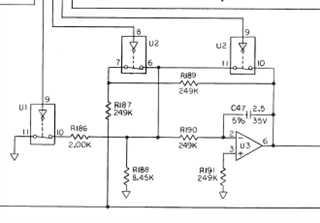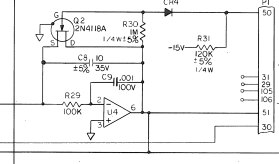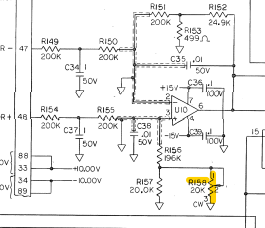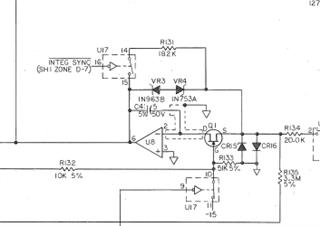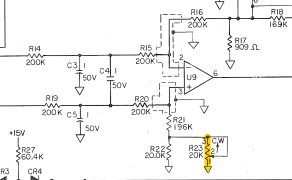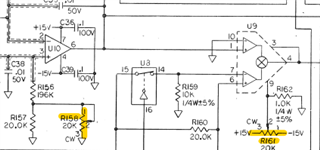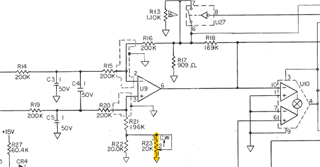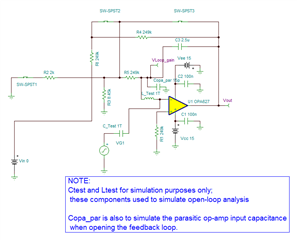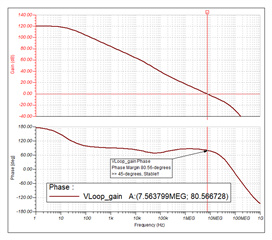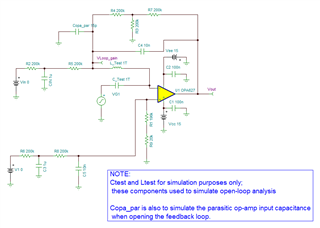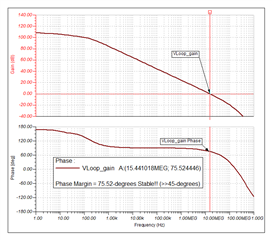Other Parts Discussed in Thread: OPA134, OPA140, OPA145, LM124
Tool/software:
Hello,
I work on legacy avionics systems made by J.E.T. These originally used Burr Brown 2A180 / Analog Devices AD3417 precision op amps, which were subsequently replaced by the OPA111SM. These are used as integrators/comparators in analog circuitry for Learjet autopilot computers.
Due to obsolescence of the above part, I am looking for a contemporary replacement. I see the OPA6x7 has been recommended in other circumstances for the same series and was wondering if the OPA627SM may be a good candidate.
I have attached the source document specifying the necessary requirements for the part. The original package is TO-99-8; however we could fit a DIP-8 on the board with no modification.
Thanks in advance for your help.



